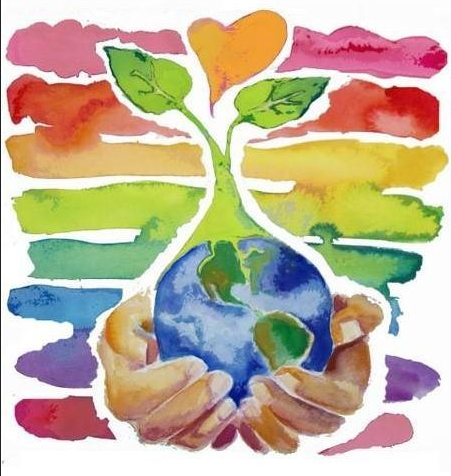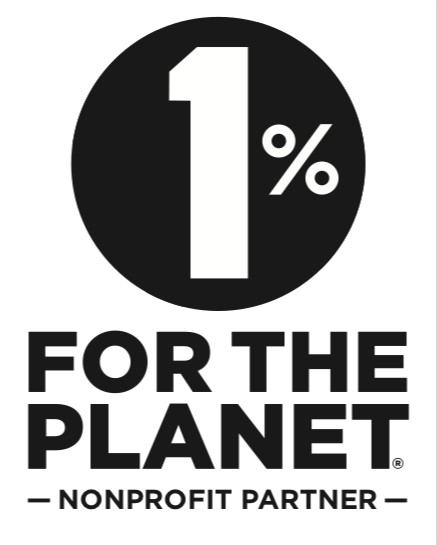
For Educators: Teaching More Through Project Based Learning
Help your students find a larger sense of purpose in their schoolwork,
achieve educational goals, inspire community outreach & solve real community issues.
Service learning is a great way to take meaningful action, also teaching important content and curriculum objectives. It is a chance to build empathy and compassion and have students learn from others outside of school. Project-based learning (PBL) matches well with service learning as both focus on authenticity and meaningful work. When we use service learning as a focus for PBL, we can ensure that the experience is highly effective and impacts learners and also the larger community.
Here are some tips for how to create a PBL project with a focus on service learning.
Assess Community Needs
Teachers and students can find local partnerships to help focus the service learning and project work, or engage the service of local foundations who do this work for educators. It’s useful to provide students with a question to answer, as a way of providing focus for the work. With a partnership, students can find ways to assess community needs. Students can decide what they want to learn and how they will use that information. This is similar to a “Need to Know” list often found in a PBL experience. They should also investigate what data or information already exists to help them and figure out how they will go about collecting more information. There are many opportunities to address real needs, but students and local partnerships need to work together to find a focus.
Align Content and Skills
Of course, it is always important to align the project to overall outcomes. Teachers can look for appropriate learning targets and standards to address, or solicit these from students. What do they want to learn? As a teacher, you can help them navigate how their project outcomes will meet course outcomes. PBL and service learning also provide an opportunity to teach and assess success skills related to civic responsibility, collaboration, problem solving, empathy, and critical thinking.
Learn From Each Other
Service learning should be a reciprocal relationship where students are learning from their audience and the audience is learning from the students. PBL often does focus on a public audience and product, but here you might consider how students will learn from that audience as well. How will students listen? How will you scaffold listening strategies for students to build empathy and respect? How will students share learning that is reflective of deeply listening to the audience they are serving?
Reflect Often
Reflection is a key component of PBL, and can also help students create more effective service learning products. Have students reflect often—before, during, and after the project—on what they are learning in terms of content and also in terms of empathy, respect, service, civic duty, and more. Reflecting on these topics and skills can help students internalize their learning and allow students and teachers to slow down to ensure meaningful action and learning.
Create an Action Plan
In terms of management, PBL leverages student-centered tools so that students learn to manage themselves. Team working agreements, task lists, and more all help students own the process. Once needs, and ideas for addressing those needs, have been determined for the project, students and local partners can create an action plan, in which they determine small, manageable steps to take to ensure great learning and great service. This is also an opportunity to co-create benchmarks and formative assessments that matter.
Evaluate the Impact
Once action is taken, make sure you take time with students to evaluate the impact. While PBL often has a public product and audience, we don’t always take the time to see or measure the impact. With all the great work students are doing, they and their audience deserve to know the extent of the impact of that work. How much of a difference did they make? Even realizing that there wasn’t much of an impact will still be good learning for students and teachers. This step also provides another opportunity to listen and reflect.
Celebrate Success
Don’t forget to celebrate. Students will have had some impact on their community and on themselves. Carve out time to celebrate where they were before the project and how far they have come. Celebrations can be traditional, like a gathering or party, but they can also involve discussions, letter writing, and even screening photos and videos of work from the project.
Service learning and PBL are nothing new. Teachers and students have long done amazing projects that serve others and their communities. In today's world, with growing climate change, booming technology advances, the loss of the rain forests & thousands of species of the animal kingdom and the impact humans are making on the planet offers great opportunity to inspire change with actionable solutions. Looking to the minds of our youth may very well be the answer that changes everything.
Written by, Andrew Miller with edits by, Vanessa Cole
November 15, 2016
https://www.edutopia.org/terms-of-use

